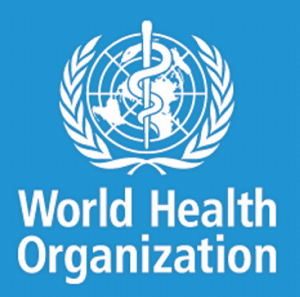WHO gives hope to multidrug-resistant TB patients
 Rapid diagnostic test and shorter, cheaper treatment signal a new hope for multidrug-resistant tuberculosis patients, the World Health Organisation (WHO) said in a report.
Rapid diagnostic test and shorter, cheaper treatment signal a new hope for multidrug-resistant tuberculosis patients, the World Health Organisation (WHO) said in a report.
The report made recommendations that aim to speed up detection and improve treatment outcomes for multidrug-resistant tuberculosis (MDR-TB) through use of a novel rapid diagnostic test and a shorter, cheaper treatment regimen.
The report said at less than $1,000 per patient, the new treatment regimen could be completed in nine to 12 months.
It said not only was it less expensive than current regimens but it was also expected to improve outcomes and potentially decrease deaths due to better adherence to treatment and reduced loss to follow-up.
“This is a critical step forward in tackling the multidrug-resistant TB public health crisis,” Dr Mario Raviglione, the Director of WHO’s Global TB Programme, was quoted as saying.
“The new WHO recommendations offer hope to hundreds of thousands of MDR-TB patients who can now benefit from a test that quickly identifies eligibility for the shorter regimen, and then complete treatment in half the time and at nearly half the cost,” he said.
According to the WHO, conventional treatment regimens, which take 18 to 24 months to complete, yield low cure rates – just 50 per cent on average globally – largely because patients find it very hard to keep taking second-line drugs, which could be quite toxic, for prolonged periods of time and they, therefore, often interrupt treatment or are lost to follow-up in health services.
“The shorter regimen is recommended for patients diagnosed with uncomplicated MDR-TB, for example those individuals whose MDR-TB is not resistant to the most important drugs used to treat MDR-TB (fluoroquinolones and injectables), known as ‘second-line drugs,” the report said.
It said it was also recommended for individuals who had not yet been treated with second-line drugs.
WHO’s recommendations on the shorter regimen are based on initial programmatic studies involving 1,200 patients with uncomplicated MDR-TB in 10 countries.
WHO is urging researchers to complete ongoing randomised controlled clinical trials in order to strengthen the evidence base for use of this regimen.
The report said the most reliable way to rule out resistance to second-line drugs was a newly recommended diagnostic test for use in national TB reference laboratories.
It said the novel diagnostic test, called MTBDRsl, was a DNA-based test that identified genetic mutations in MDR-TB strains making them resistant to fluoroquinolones and injectable second-line TB drugs.
It said this test yielded results in just 24 to 48 hours, down from the three months or longer currently required.
WHO reports that fewer than 20 per cent of the estimated 480,000 MDR-TB patients globally were currently being properly treated.
It said the MTBDRsl test was also a critical prerequisite for identifying MDR-TB patients who were eligible for the newly recommended shorter regimen, while avoiding placing patients who had resistance to second-line drugs on this regimen (which could fuel the development of extensively drug-resistant TB or XDR-TB).
“We hope that the faster diagnosis and shorter treatment will accelerate the much-needed global MDR-TB response,” said Dr Karin Weyer, Co-ordinator of Laboratories, Diagnostics and Drug Resistance, WHO Global TB Programme.
“Anticipated cost-savings from the roll out of this regimen could be re-invested in MDR-TB services to enable more patients to be tested and retained on treatment,” she said.
Source: GNA
